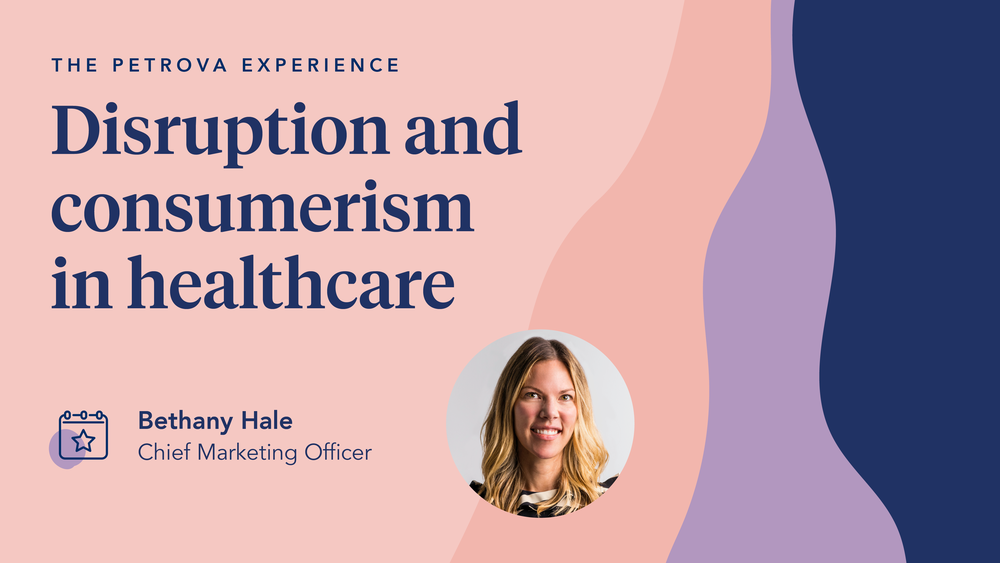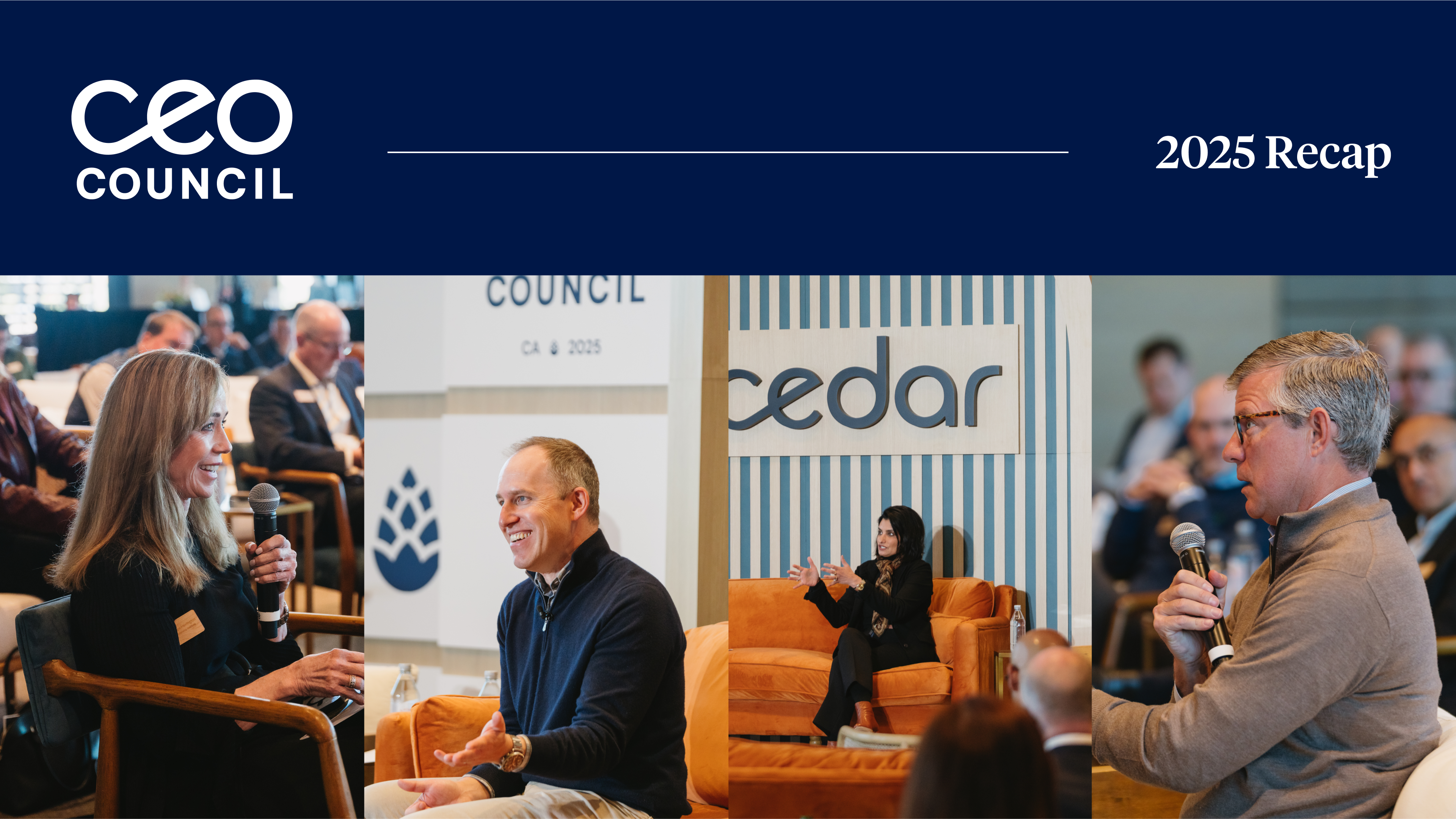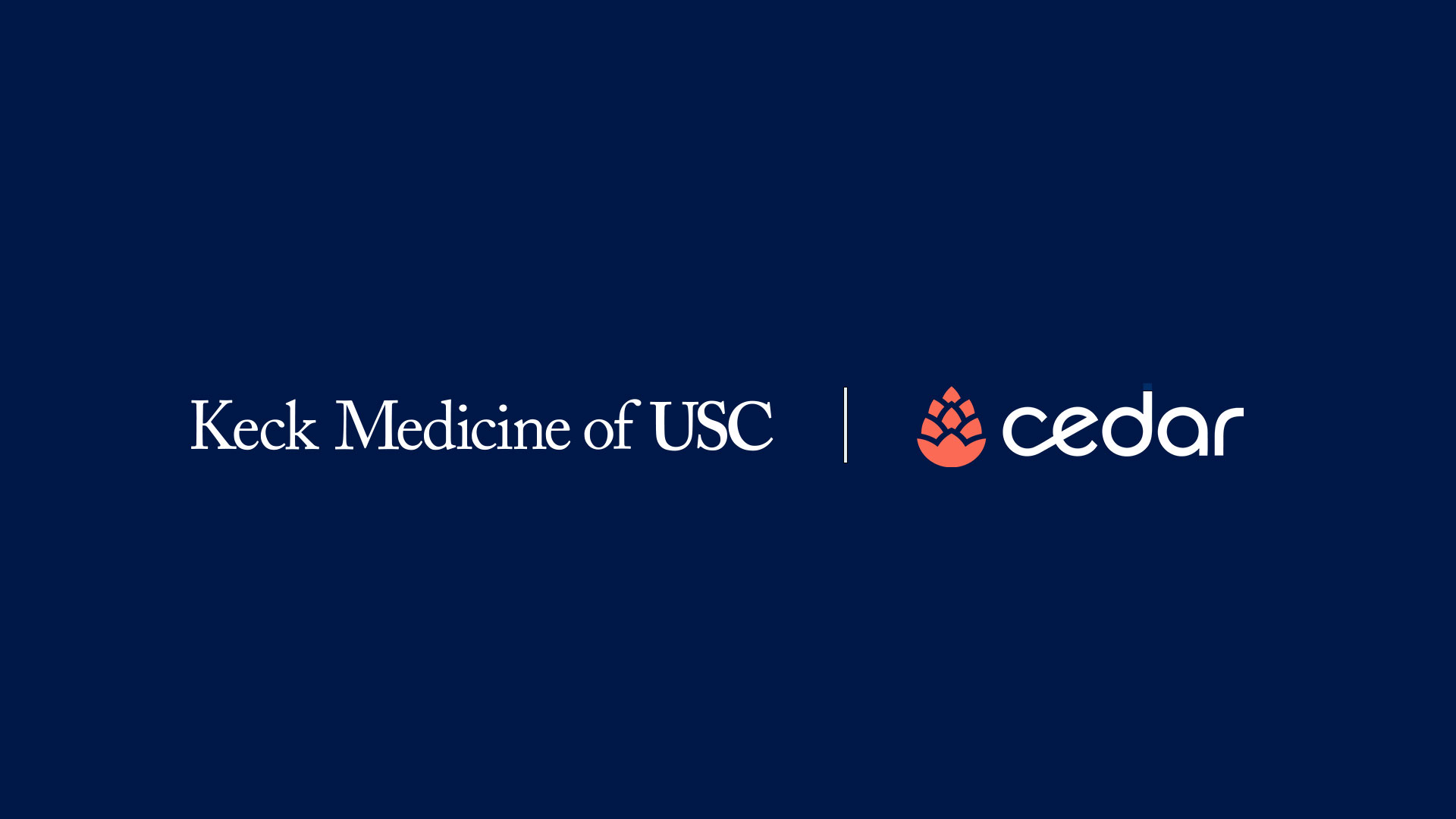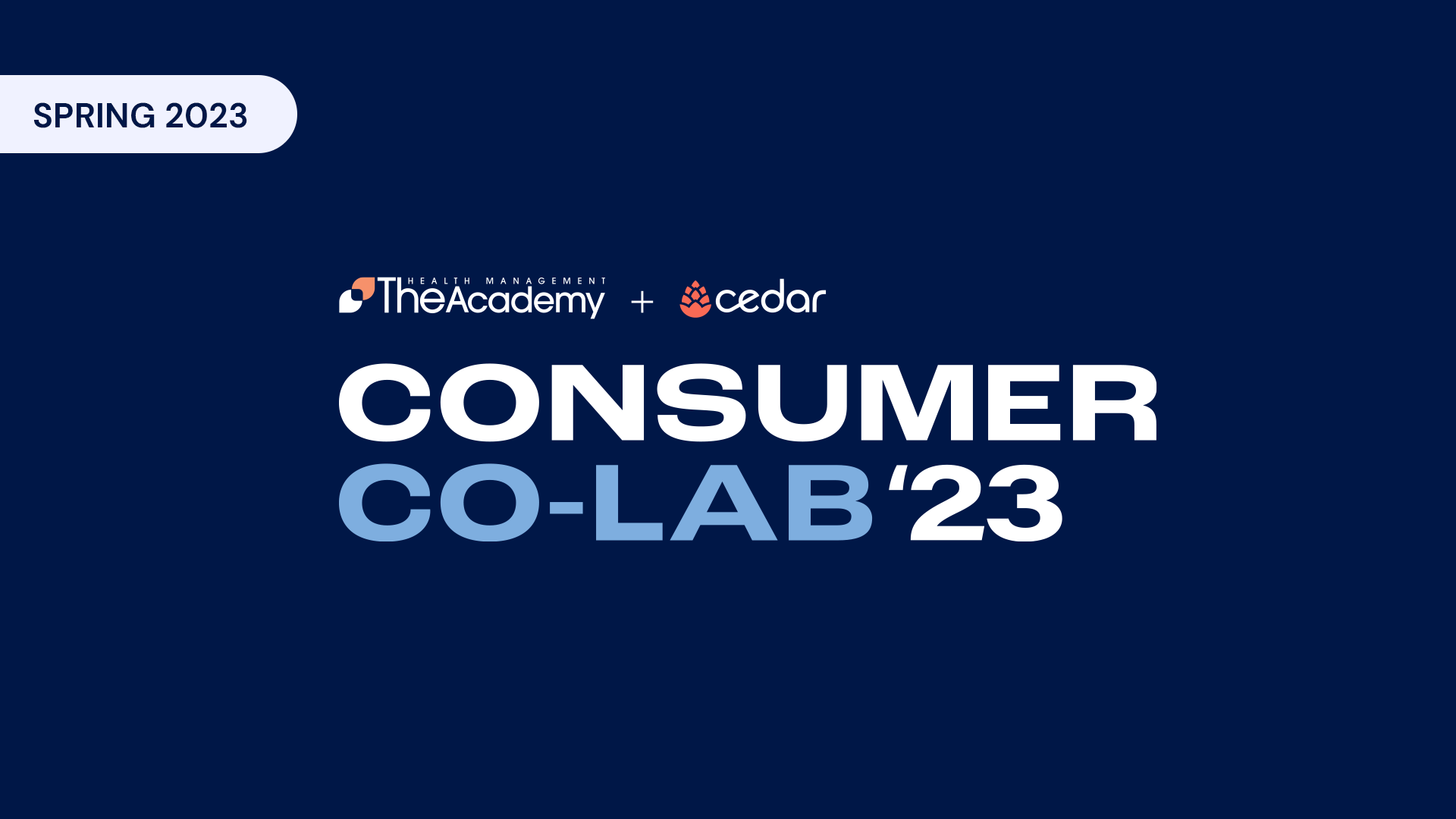On April 16, Cedar Chief Marketing Officer Bethany Hale, Oscar Health Small Group Vice President and General Manager Kathryn Crimmins and Incentrum Group Managing Director Sava Kobilarov joined Liliana Petrova on a webinar from The Petrova Experience, “Healthcare Disruption and Consumerism.” Over the course of an hour, panelists discussed how consumerism has disrupted healthcare, the business case for a world-class patient experience, recent changes across the healthcare technology services landscape and much more. To watch the replay, click here.
Kobilarov kicked off the event noting that a decade ago, a Net Promoter Score (NPS) was seldom considered by healthcare leadership. Flash forward a decade later and this KPI for customer experience is front and center for the most competitive and disruptive healthcare tech companies.
“[Consumer] expectations have changed from other aspects of their life and you have a much more competitive landscape [in] the retail settings [and] telehealth,” he said. “So traditional providers or healthcare services companies [are all] starting to adapt because they have to, or they’re going to lose market share to some of those platforms like Oscar and Cedar that are providing a better experience and disrupting the status quo.”
The virtue of ease, honesty and transparency
Crimmins and Hale spoke about the virtue of honesty and transparency when engaging with patients. On the insurance side, Crimmins expressed how it’s incumbent on insurance companies to proactively help clients affordably navigate the healthcare system and plan benefits with ease. “We have a welcome kit that goes out to members, [to] fundamentally build a personal trust-driven relationship upfront. Really the idea is if we can help people understand their benefits—understand and come to us first—we can help them navigate the system.”
Hale agreed and added that most people have a good relationship with their healthcare provider, but they’re immediately treated like a corporation as soon as they leave the office—they often get a paper bill and have to pay by check via mail.
“It’s just not a system that’s set up for a good patient experience or good engagement, and it’s not set up for clarity—but people have a choice,” she said. “So the goal [at Cedar] is to bring that financial experience to patients in the way that they want through the channels they want, at the moments that are right for them, with the right messaging. Building that clarity into the process [along with] easy ways to engage with the health system […] is really how Cedar builds trust.”
The value of data
The panelists all touched on the immense value of data in developing a patient-centric engagement approach. Crimmins said one advantage of being an insurance carrier is the ability to see claims and where people are going in their care journey via their data. “We see interactions, so we’re kind of able to see, ‘Oh, someone just searched for the emergency room,’ and the app or care team can reach out and intervene at that time, check in and say, ‘Hey, what’s going on? Can we help […] and make sure that you’re getting the care that you need?’”
Hale pointed out that like Oscar, Cedar is also able to help patients take control, both pre- and post-visit. According to Hale the goal is, “enabling patients to understand what their obligation is [to] give them options for how to pay in different ways…to actually be empowered when it comes to their clinical care.”
For Hale, this empowerment is a game changer. “We’ve heard comments from patients saying, ‘Now that I understand I can setup a payment plan, I’m more likely to go see the doctor that I need to see and not avoid care because I was scared about what the price is going to be’…I don’t think we’re in a perfect world yet by any means, but that’s […] what we’re trying to do: bring clarity into the process [and] bring upfront visibility to patients so that they don’t have as many barriers to care.”
Want to know why it’s essential to make healthcare engagement as friction free as possible, why providers must prioritize accessible UX and some of the major priorities in building out a patient-centric experience and much more? Click here to watch the full discussion.



